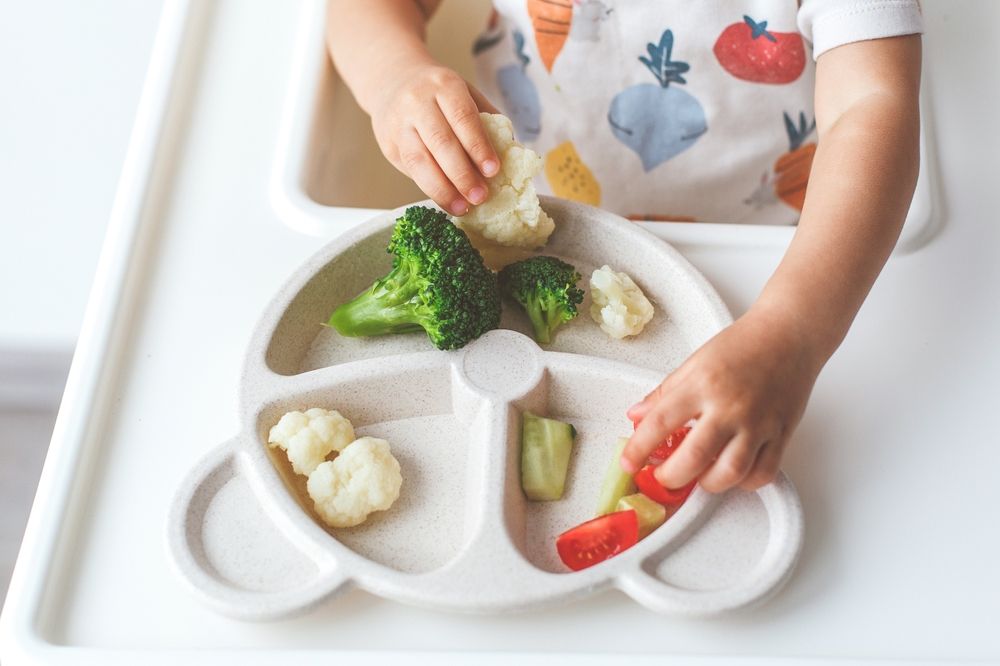Mealtime can be a challenging experience for children with sensory processing difficulties. Bright lights, strong smells, unfamiliar textures, and loud noises can overwhelm their senses, leading to stress and food aversions. Creating a sensory-friendly eating environment can make a significant difference in helping your child feel more comfortable and willing to try new foods. Here’s how you can transform your dining space into a haven that caters to your child’s sensory needs.
Understanding Sensory Processing Difficulties
Children with sensory processing issues may be hypersensitive (over-responsive) or hyposensitive (under-responsive) to sensory stimuli. This can affect their reaction to:
- Textures: Certain food textures may feel unpleasant.
- Smells: Strong odors can be overwhelming.
- Sounds: Loud or sudden noises may cause distress.
- Visual Stimuli: Bright lights or busy environments can be distracting or uncomfortable.
By recognizing these challenges, you can tailor the eating environment to minimize discomfort and promote a positive mealtime experience.
Tips for Creating a Sensory-Friendly Eating Environment
1. Control the Lighting
- Use Soft Lighting: Bright lights can be overstimulating. Opt for natural light or dimmable lights to create a calming atmosphere.
- Avoid Flickering Lights: Fluorescent lights that flicker can be distracting. Ensure bulbs are in good condition or switch to LED lights.
2. Manage Noise Levels
- Reduce Background Noise: Turn off the television, radio, and other electronic devices during mealtime.
- Use Soft Furnishings: Carpets, curtains, and cushions can absorb sound and reduce echoes.
- Consider White Noise: A gentle white noise machine can mask sudden sounds that might startle your child.
3. Simplify Visual Stimuli
- Declutter the Space: A clutter-free dining area minimizes visual distractions.
- Neutral Colors: Use tableware and decor in calming, muted colors rather than bright, bold patterns.
- Limit Decorations: Keep wall hangings and other visual elements simple.
4. Address Strong Smells
- Ventilate the Area: Open windows or use exhaust fans to disperse strong cooking odors.
- Use Unscented Products: Choose unscented cleaning agents and avoid air fresheners or scented candles.
- Cook Simple Meals: Prepare foods with mild aromas when possible.
5. Consider Tactile Comfort
- Comfortable Seating: Provide a chair with proper support. Some children may benefit from cushions or weighted lap pads.
- Appropriate Tableware: Use utensils and plates that your child is comfortable with. Some may prefer plastic over metal utensils due to temperature or texture.
- Clothing Choices: Dress your child in comfortable clothing that doesn’t irritate their skin during meals.
6. Offer Sensory Tools
- Fidget Items: Allowing a small, quiet fidget toy can help some children focus on eating.
- Chewy Tubes or Chewelry: For children who need oral sensory input, these tools can be helpful before or during meals.
7. Establish a Routine
- Consistent Mealtimes: Predictability can reduce anxiety. Stick to regular meal and snack times.
- Prepare Together: Involving your child in setting the table or food preparation can help them anticipate what’s coming.
- Visual Schedules: Use pictures or charts to outline the mealtime routine.
8. Mindful Food Presentation
- Separate Foods: Some children prefer foods not touching each other. Use divided plates if necessary.
- Portion Size: Start with small portions to avoid overwhelming your child.
- Introduce New Foods Gradually: Pair new foods with familiar favorites and don’t pressure your child to eat them.
9. Modify Food Textures
- Customize Textures: If certain textures are problematic, adjust them. For example, if crunchy foods are difficult, try softening them.
- Temperature Awareness: Serve foods at temperatures your child is comfortable with.
10. Positive Reinforcement
- Encourage, Don’t Force: Pressuring a child can increase anxiety. Offer praise for trying new foods or sitting calmly.
- Model Behavior: Eat the same foods with enthusiasm to set an example.
- Use Rewards Wisely: Small incentives can motivate, but avoid making them the sole focus.
11. Professional Support
- Consult Therapists: Occupational therapists can provide strategies tailored to your child’s needs.
- Feeding Therapy: If challenges persist, feeding therapy can address underlying issues.
Additional Strategies
Create a Calm Atmosphere
- Set the Mood: Soft background music can be soothing for some children.
- Slow Pace: Allow your child to eat at their own pace without rushing.
- Mindful Breathing: Encourage deep breaths before meals to relax.
Involve the Senses Positively
- Sensory Play with Food: Outside of mealtimes, allow your child to explore foods through touch and smell without the expectation to eat them.
- Taste Testing Games: Make trying new foods a fun activity.
Be Patient and Observant
- Watch for Cues: Pay attention to signs of discomfort or overstimulation.
- Adjust as Needed: Be willing to make changes based on your child’s responses.
Creating a sensory-friendly eating environment requires patience, creativity, and a willingness to adapt. By thoughtfully adjusting the dining space and routines to meet your child’s sensory needs, you can transform mealtime into a more enjoyable and stress-free experience. Remember, every child is unique, so what works for one may not work for another. Continual observation and adjustments will help you find the best strategies for your family. To learn how we can help your child meet their developmental milestones, call Milk & Milestones Therapy at 201-401-0702 today.




